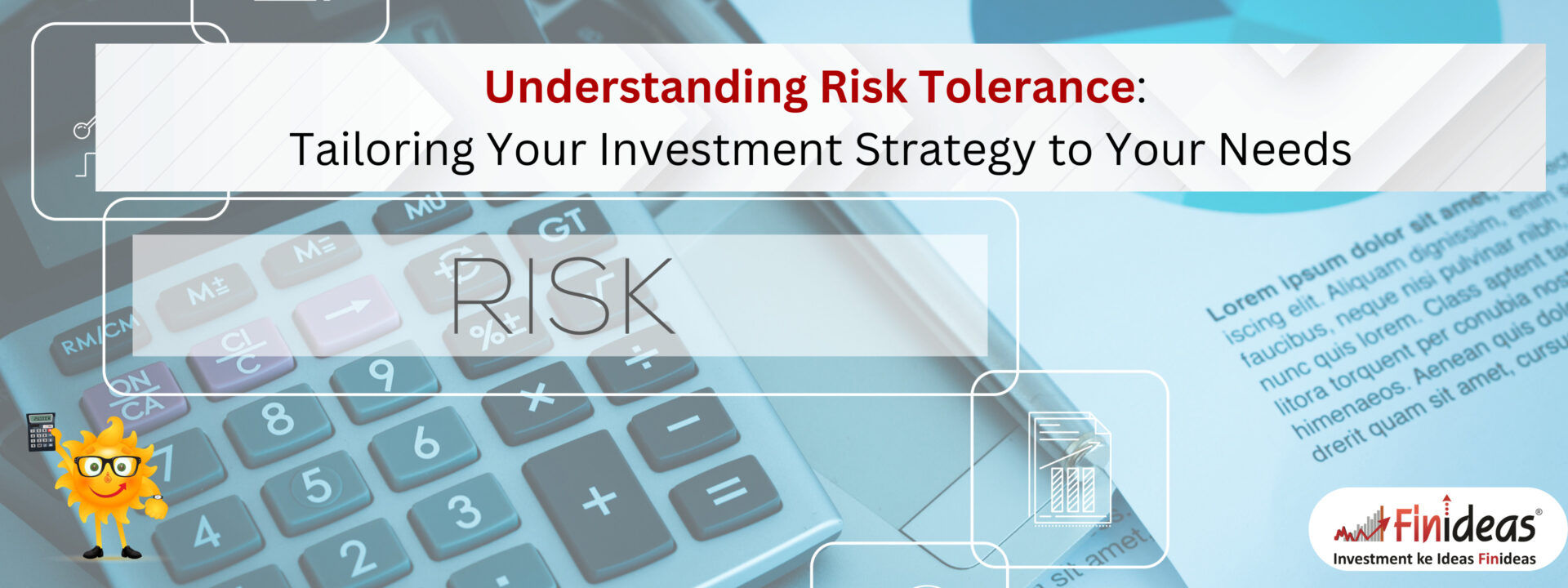Understanding Risk Tolerance: Tailoring Your Investment Strategy to Your Needs
Introduction:
Investing is a key component of wealth building, and one of the most crucial aspects of successful investing is understanding your risk tolerance. Your risk tolerance is essentially your ability to endure fluctuations in the value of your investments without making impulsive decisions. Tailoring your investment strategy to align with your risk tolerance is vital for long-term success. In this blog post, we’ll explore the concept of risk tolerance, why it matters, and how you can personalize your investment approach.
What is Risk Tolerance?
Risk tolerance is a measure of how much volatility or uncertainty an investor can handle without experiencing significant stress or anxiety. It varies from person to person and is influenced by factors such as financial goals, time horizon, and individual comfort levels with risk. Assessing your risk tolerance is a crucial step in developing an investment strategy that suits your unique needs.
Factors Influencing Risk Tolerance:
- Financial Goals: Your specific financial objectives play a significant role in determining your risk tolerance. Short-term goals may require a more conservative approach, while long-term goals might allow for a more aggressive strategy.
- Time Horizon: The amount of time you have until you need to access your invested funds is a critical factor. Longer time horizons generally allow for a greater tolerance for risk, as there is more time to recover from market downturns.
- Experience and Knowledge: Your familiarity with investment concepts and your experience in the market also contribute to your risk tolerance. Seasoned investors may be more comfortable with higher-risk strategies compared to beginners.
Tailoring Your Investment Strategy:
Once you’ve assessed your risk tolerance, it’s time to align your investment strategy with your comfort level. This may involve a mix of asset classes, diversification, and periodic reassessment. A well-balanced portfolio that matches your risk tolerance can help you weather market fluctuations and stay on track to meet your financial goals.
Finideas’ Index Long Term Strategy:
One widely recognized strategy that aligns with a long-term investment approach is the Index Long Term Strategy. This involves investing in broad market index funds, which provide diversification across a range of assets. The strategy is grounded in the belief that, over the long term, the overall market tends to grow, and by holding a diverse portfolio, investors can capture that growth while minimizing risk.You Must Checkout Finideas’ Index Long Term Strategy.
Conclusion:
Understanding your risk tolerance is a fundamental step in crafting an investment strategy that works for you. It ensures that your financial decisions are in line with your individual comfort levels and long-term objectives. By incorporating strategies like the Index Long Term Strategy, you can build a resilient investment portfolio that stands the test of time.
What methods do you use to assess your own risk tolerance, and how has it influenced your investment decisions? Share your thoughts and experiences in the comments below!
Happy Investing!
This article is for education purpose only. Kindly consult with your financial advisor before doing any kind of investment.


